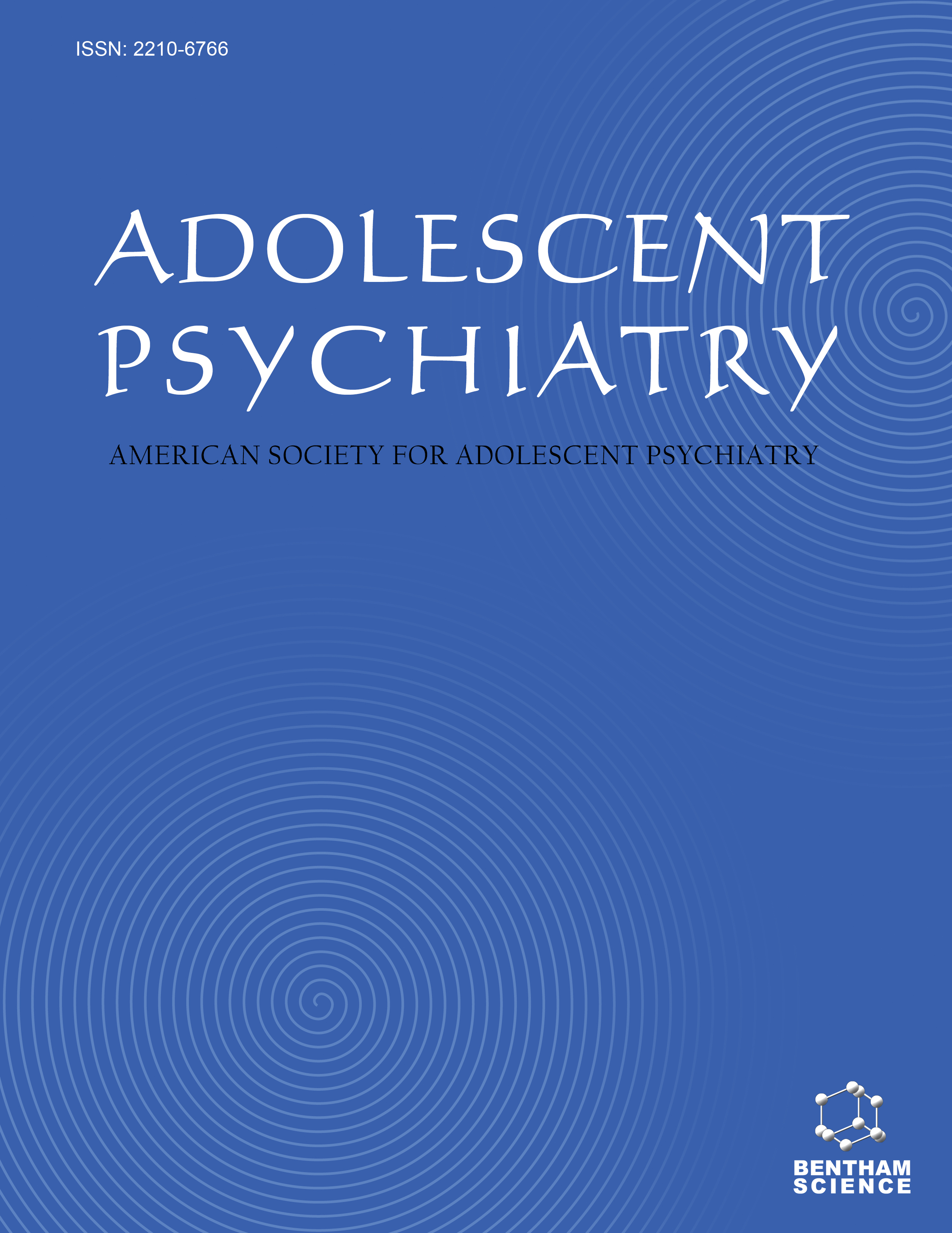- Home
- A-Z Publications
- Adolescent Psychiatry
- Previous Issues
- Volume 14, Issue 3, 2024
Adolescent Psychiatry - Volume 14, Issue 3, 2024
Volume 14, Issue 3, 2024
-
-
Review of Clinical Considerations in the Management of Adolescents with ADHD During Ramadan
More LessAuthors: Faraz Khan and Sarah MohiuddinBackground Fasting in Ramadan, a holy month in Islam, is considered a religious obligation to Muslims after puberty. Fasting during Ramadan entails abstinence from consuming food and liquids, as well as abstaining from other activities, including smoking and sexual activity, from dawn until sunset. Literature exists regarding the management of multiple medical conditions impacted by the month of fasting; however, limi Read More
-
-
-
Psychosomatic Problems Among Adolescents During/Post the COVID-19 Pandemic: A Systematic Review
More LessAuthors: Meenakshi Shukla and Niti UpadhyayIntroduction This systematic review aimed at exploring the impact of the coronavirus pandemic on adolescents’ psychosomatic problems and whether the pandemic differentially impacted different genders. It also explored whether particular clusters of psychosomatic problems, viz., psychological, somatic, and musculoskeletal, manifested more post-pandemic than before. Methods An extensive search of eight electr Read More
-
-
-
The Role of Identity in the Relationship between PTSD and Executive Functioning
More LessAuthors: Stephanie Washburn, Reilly Branch, Ishara Jean-Francois and Steven L. BermanIntroduction The developmental period of late adolescence is when significant identity formation takes place, especially for college students (Erikson, 1968). However, traumatic experiences can affect identity development and lead to extreme identity distress. With exposure to trauma, executive functioning can also diminish, leading to a decrease in self-control and greater sensitivity. Methods Although trauma affects bo Read More
-
-
-
Factors Associated with Posttraumatic Stress Disorder in Adolescents Experiencing Earthquake Trauma
More LessIntroduction Posttraumatic Stress Disorder (PTSD) is a prevalent psychological response among those who survive earthquakes. Objective This study investigates the relationships between sociodemographic and clinical differences and symptoms of avoidance, re-experiencing, and hyperarousal, which are key indicators of PTSD in adolescents. Methods Research data were collected through online surveys using a si Read More
-
Most Read This Month
Article
content/journals/aps
Journal
10
5
false
en


